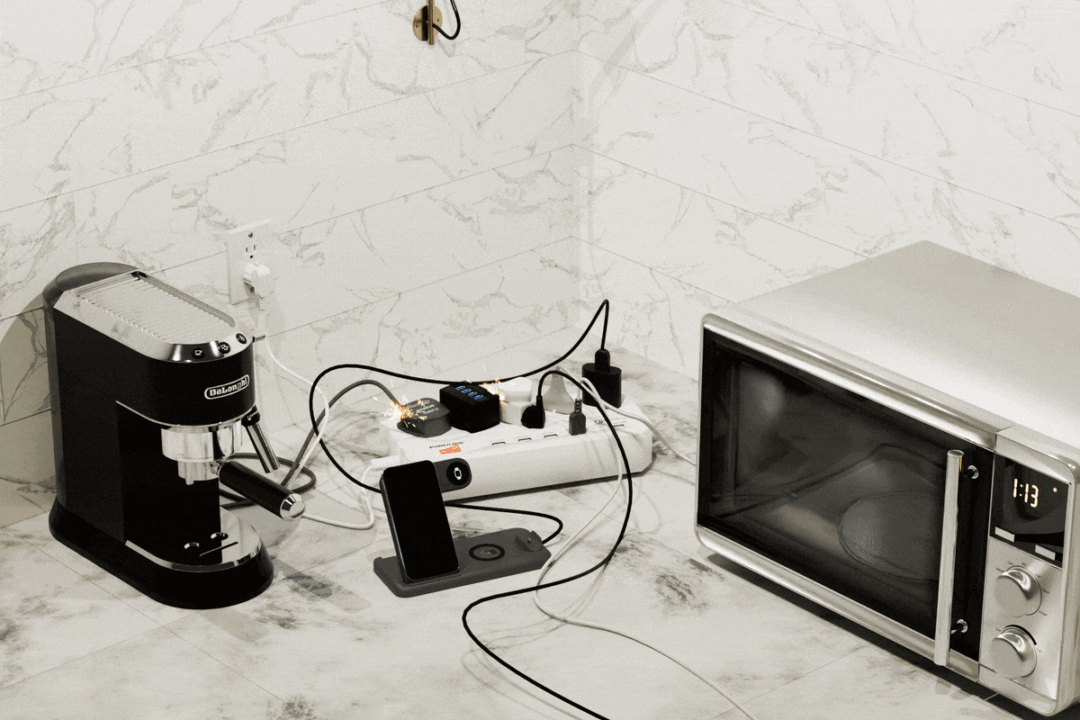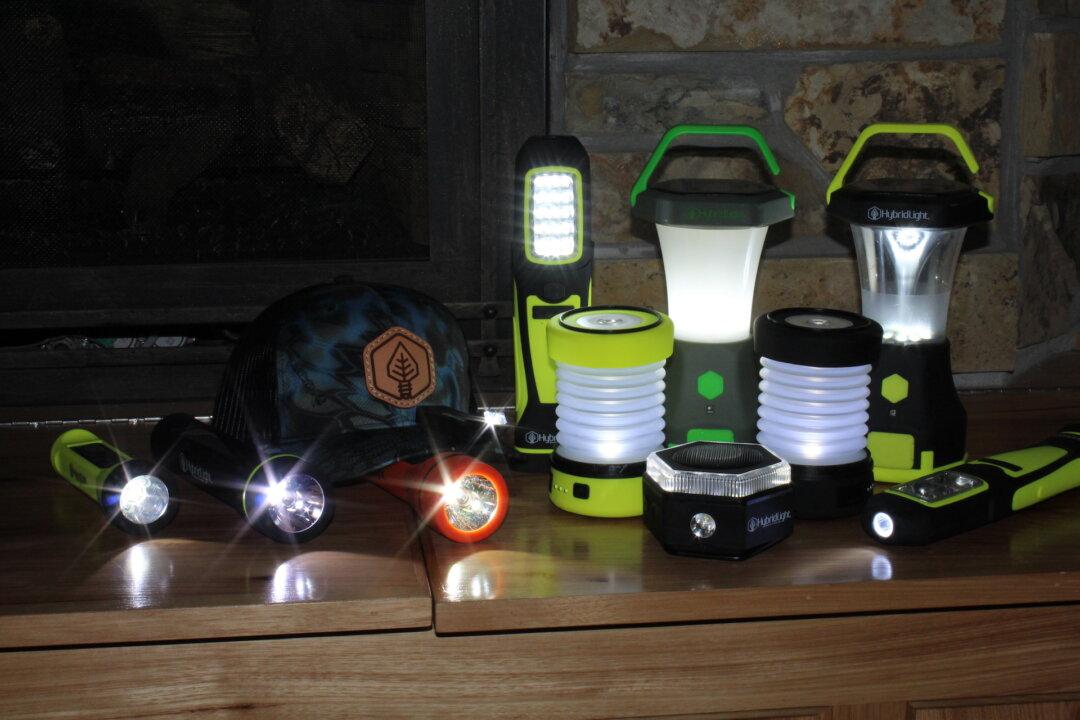Few people, when getting into their car to drive to work, wonder whether the trip might not go as planned; we get into the car and we go. But the recent once-in-a-millenium flooding in South Florida made it clear that even short drives can suddenly go awry.
In the recent flooding, some drivers ran out of fuel because they had to make long detours away from flooded areas, others had their vehicles stall in deep water, and still others experienced flat tires caused by debris in the road. The brand of the car wasn’t a factor; the flooding stranded Mercedes as often as it did Kias.






